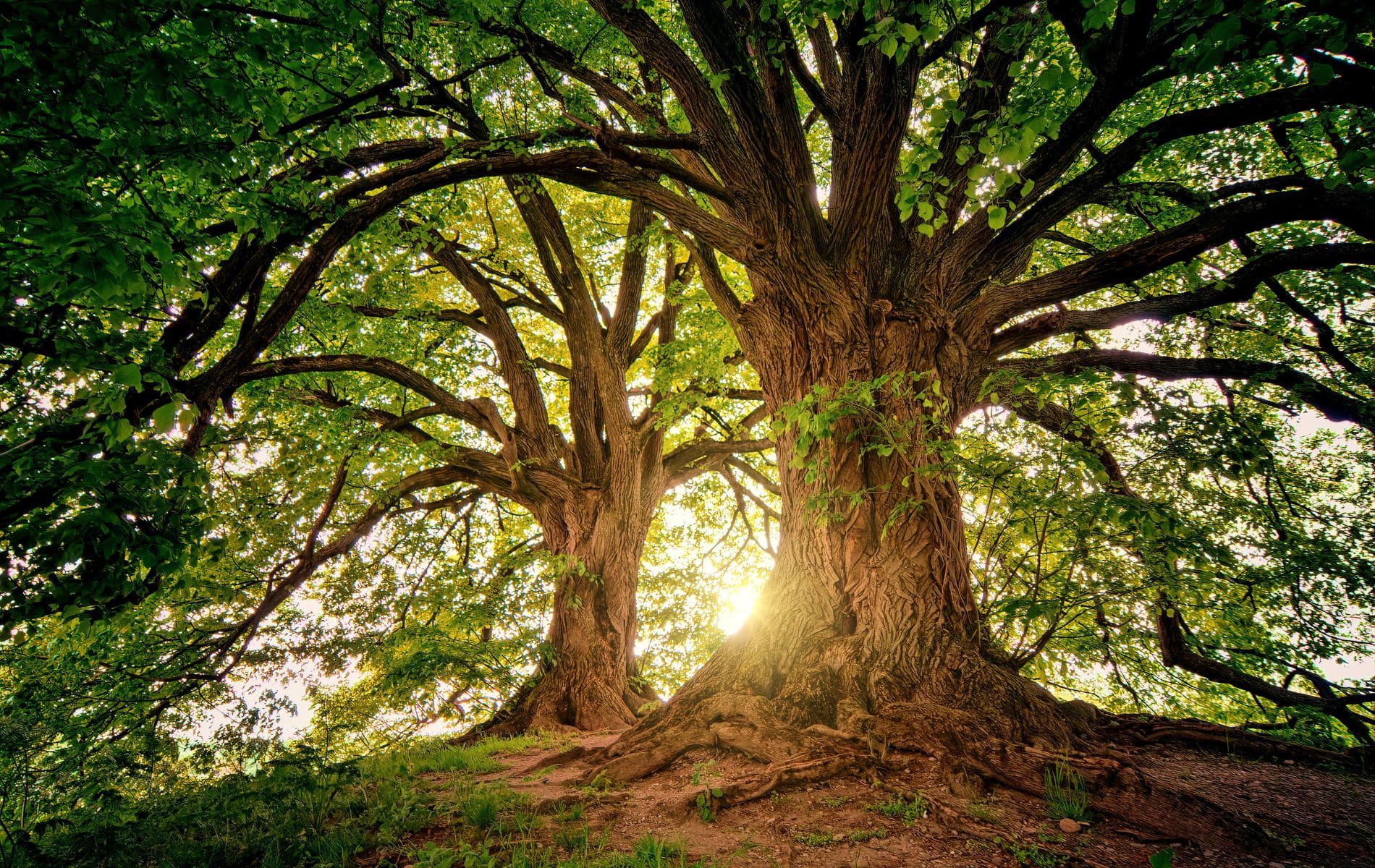We often hear it: planting trees helps the climate because trees remove carbon dioxide from the atmosphere and thus reduce global warming. Recent research now suggests that there are a lot of nuances: it is very important where these trees are planted.
Let's get straight to the point: trees aren't always good for the climate. Scientists have discovered that the effect of albedo is often omitted in climate calculations. Albedo is another word for how reflective a surface is. Some surfaces are very effective at reflecting light, while others are not. This type of light reflection is important because the Earth can also cool this way. Scientist Natalia Hassler contributed to the research. “There is a balance between the change in albedo and the cooling effect of carbon dioxide storage that canopy restoration can cause,” she explains. “Previously, we had no way to properly examine this balance. However, during this research we have been able to develop maps that enable us to determine The appropriate regional solution to the climate. The research was published in the journal Nature Communications.
Arithmetic amounts
For the research, scientists used a series of complex calculations to compare the effect of albedo with the absorption of carbon dioxide. To do this, they first divided the 3D map of the Earth into different “columns” extending from the top of the atmosphere to the surface. Then they measured the radiation that left the Earth at the top of the plume, which was also called Radiative forcing at the top of the atmosphere (TOA RF) he is called. They then compared these radiation values with the reflectivity of the surface below the column. This eventually allowed the albedo effect to be transformed into a useful measure for comparison, called “Carbon dioxide equivalents (CO2e)”.
To calculate the cooling effect of trees, scientists used the same process, but this time they looked at the effect of removing carbon dioxide from the atmosphere on the radiation that eventually leaves the Earth. In this way, the cooling effect of trees can also be converted into a similar value for CO2. Finally, it's time to visualize this different data using a map. In this process, the scientists first used different TOA RF values for albedo forcing to get a rough idea of how the values change as different types of areas in the forest change. Think, for example, of snowy mountaintops that slowly become greener. This way it becomes possible to determine whether that specific area will become colder or warmer when the forest appears. Of course, there is only one type of forest. For the study, scientists in each region looked at what type of forest was likely to grow there and took that into account during the calculations.
What is striking, according to scientists, is that the Earth will become warmer, especially in the snowy north, and also in arid areas (such as deserts), if a forest is created there. The biggest reason for this has to do with the whiteness of these areas. For example, the reflection of sunlight in these places cools the ground more than a forest would. Fellow scientist Susan Cook Patton contributed to the research. She explains: “We were able to fill a large knowledge gap through our research. This gives us a more complete picture of the precise impact that forests ultimately have on climate. We see that some areas will change positively (due to the presence of trees, editor), while other areas will change negatively.
Whiteness
Therefore, the research results are very important. There are currently many global projects underway where the ultimate goal is to plant as many trees as possible. For these projects, it is now important to monitor the effect of albedo. The researchers say that many of these projects will end up performing less well, because the albedo effect of different areas was not taken into account during the calculations. In practice, this means that the benefit is ultimately estimated to be too high, and that in many cases this will have to be adjusted by at least 20%.
In conclusion, Cook-Paton says that temperature, of course, is not the only reason why a place will end up planting trees. “It is of course important to understand that there are many benefits to planting a tree – even if the temperature does not drop,” she concludes. “Trees can help purify water, produce food, but they also provide a habitat for wildlife. So our goal with this research is primarily “The first is to call on governments and landowners to deal more consciously with the effects of whiteness. That's why we made our maps public.”

“Thinker. Coffeeaholic. Award-winning gamer. Web trailblazer. Pop culture scholar. Beer guru. Food specialist.”







More Stories
Comet Tsuchinshan-Atlas is ready to shine this fall
Sonos isn’t bringing back its old app after all
Indiana Jones and the Great Circle is coming to PS5 in spring 2025